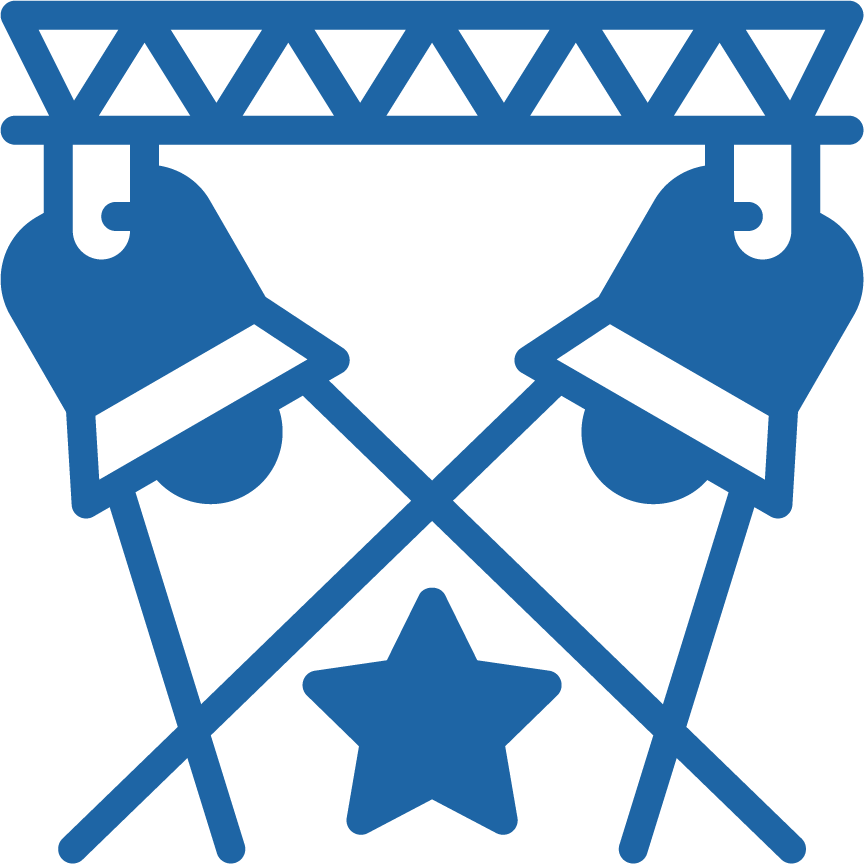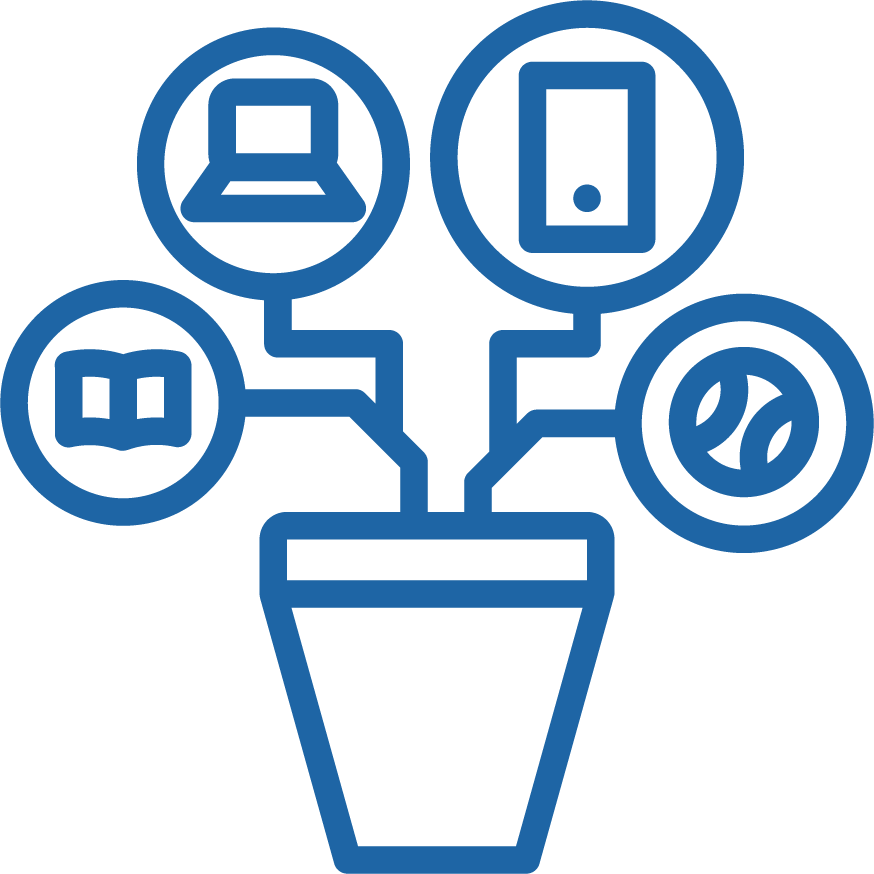| Overview | Identify a Need | Define Indicators of Success | Imagine a Solution | Test a Prototype |
|---|
Imagine a Solution
Now take time and space to imagine a solution that meets your validated need and could lead to meeting the indicators of success. Solving complex problems of practice in education requires creative courage. Do not be afraid to imagine “what if …” and bring a spirit of innovation to the process. This process is also an opportunity to include diverse members of the education community, including potential end users, to unlock ideas that might be difficult for a narrower design team to envision.
After brainstorming a wide array of features, articulate a theory of change that describes how these features could lead to the measurable outcomes you identified as KPIs. Then, refine your solution to its core components—only the components that you think are necessary to produce the intended outcomes.
When articulating a theory of change and refining the solution to its core components, prioritize the needs of the most impacted and historically marginalized end users. This approach is called “designing from the margins.” Doing so from the start will help you ultimately design an educational product that is most beneficial for the most end users.
Universal Design for Learning (UDL) is one example of designing from the margins. UDL grew out of a movement to support the inclusion of students with learning disabilities in classrooms. The resulting framework supports improving and optimizing teaching and learning for all people.

Stories of Scaling Highlight
InqITS, an AI-based science program that has engaged students in 1.5 million labs to date, focused on equity from the start and built a disruptive solution.
According to Chief Technology Officer Mike Sao Pedro, the Inq-ITS team focused on equity from the start. In the early days, they piloted the system in under-resourced schools and with students performing below grade level to make sure the materials would work for them. Co-founder and Chief Executive Officer Janice Gobert noted that some of the typical indicators teachers use to assess students, such as their writing, can lead them to underestimate students’ scientific competencies—especially for multilingual learners. This is a very important equity issue, noted Gobert.
Inq-ITS seeks to correct for this bias by using AI to generate real-time assessments of students’ competencies aligned to the NGSS: that is, the system auto-assesses students’ competencies using a wide-variety of data sources from mouse-clicks (log files) to widgets and open-text boxes. Students are assessed and scaffolded at science practices such as forming questions, collecting data to test these questions, analyzing data both with and without their corresponding mathematics (where relevant), and then describing their evidence and findings in writing.
Co-Founder and Managing Director Cameron Betts posited that new products are either evolutionary or disruptive. Evolutionary products offer incremental improvement over existing solutions. But to disrupt existing systems and structures, a product needs to be innovative and solve an existing problem for teachers and students; it also needs to be highly usable and convenient, and teachers need to see these benefits right away or they’re not likely to adopt the product. Betts sees Inq-ITS as following a disruptive path by introducing a new way of both assessing and teaching science that provides more support for teachers and requires very little training. Inq-ITS has the potential to support less seasoned science teachers and thus “democratize” access to science through high-quality feedback provided by the teacher.
From Stories of Scaling: Inq-ITS (coming soon)
The core components will inform your minimum viable product, or MVP. The MVP incorporates the smallest number of features of the final product needed to validate that it meets the needs of the end users and your theory of change early in the development cycle. An MVP is probably not sufficiently robust to test the effectiveness of your solution, rather it is your starting point for developing a prototype and iterating to build your product.
Starting with an MVP rather than moving straight into a fully featured solution is important! This approach enables you to make small investments, experiment (for example, using rapid cycle experiments to test components of your solution), fail fast, learn fast, and iterate.
Consider these questions when envisioning the MVP:
- What are the components of the product? How do these components lead to your intended outcomes (theory of change)?
- What is the smallest number of features needed to produce the intended effect (your core components)? Can you eliminate any components?
- What components, if any, can be adapted to fit local context? Which components must remain true to the model?
- How do the components fit with existing practices and systems (data systems, assessments, curricula, and learning platforms)?
- Who are the primary end users of the solution?
Once you envision an MVP, start formulating your customer value proposition. The customer value proposition is a brief, one- to two-sentence statement that conveys how end users (schools, districts, teachers, students) will benefit from your educational product. Be sure to highlight how the product is both different and the same: different in how it will benefit the end users in unique ways compared with existing solutions, and same in how it will fit within the context of the existing education ecosystem.
You may consider having different value propositions for different end-user types or contexts. For example, your proposition may look different for a small rural district than for a mid-size urban district.
The [product name] can benefit [specific population] to achieve [outcomes]. The innovation will enable [users] to use [new/innovative components of your product] and allow for continued [components that will fit in current ecosystem] to create a feasible solution to [identified need or problem].
![]()
Notice and Reflect
While imagining an educational product, take time to pause to notice and reflect.
- Who is most impacted by the problem of practice or need? How are they impacted by the need? Who will benefit most from the solution?
- What assumptions have I made about the values of different end-user groups or stakeholders in defining the MVP and value proposition? How will I engage different end-user groups to validate my assumptions?

Spotlight Resource
Defining MVP and Value Proposition Worksheet. This resource walks you through determining your core components by considering key questions and through drafting a value proposition by using a template.

LEARN More
Lost by Design: Designing From the Margins Toolkit. This toolkit from Bellwether Education Partners shares more information on how designing from the margins supports equity and provides strategies for developing solutions that benefit the most serious and concentrated needs.
Stories of Scaling: Inq-ITS. This story of scaling profiles the development and scaling journey of the AI-based science program Inq-ITS.
